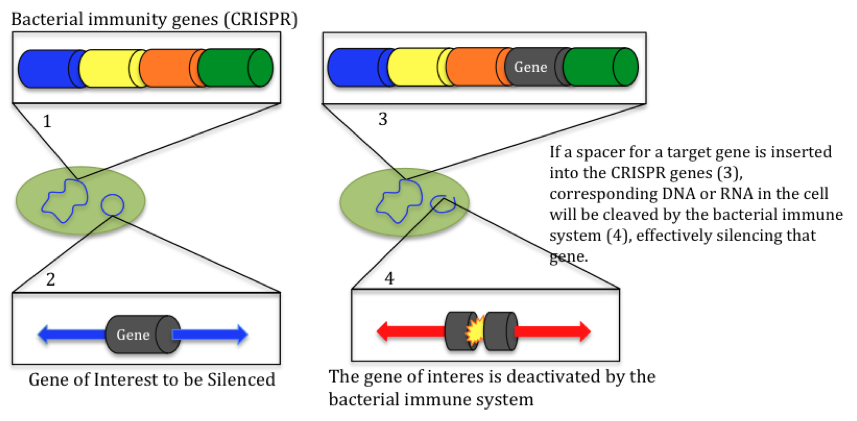Team:Arizona State/Project/Introduction
From 2011.igem.org
|
|
As Arizona State University’s inaugural iGEM team, we began our mission with an empty lab space provided to us by Dr. Xiao Wang for the purpose of exploring the possibilities of Clustered Regularly Interspaced Short Palindromic Repeats (CRISPR). There were several pieces of supplied lab hardware that we would find necessary throughout our experiments, but a large portion of our acquired lab equipment and experimental reagents was made possible through our team’s efforts for acquiring funding. We chose to work with CRISPR due to the increasing body of literature supporting its use as a tool in prokaryotic gene manipulation, potentially signifying a range of applications including novel regulatory pathways in prokaryotes and suppression of phage threats to otherwise vulnerable bacteria. Our team’s embryonic knowledge of the concepts behind CRISPR eventually matured into a three-pronged approach to testing the CRISPR-Cas system in prokaryotes. We initially chose Escherichia coli, classified as a type I bacteria[65], as a platform to test the DNA targeting ability of the CRISPR-Cas system. Further on, we found that Bacillus halodurans, a type III bacteria[65], contained six CMR (Cas module-RAMP) genes in a single locus, which signified a possible platform for testing RNA targeting CRISPR-Cas properties. The final project we identified as an avenue of exploration was using the type II bacterial species Listeria innocua, which is another platform for DNA targeting that contained a more streamlined and simplified structure than Escherichia coli.  |
 "
"
